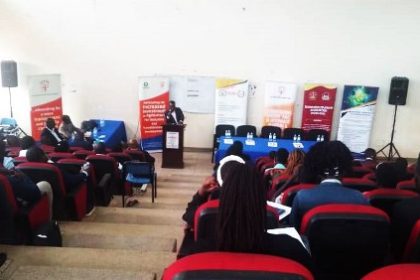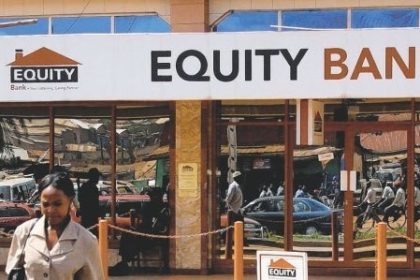Umeme sees pre-paid as revenue solution
May 12—Uganda’s power distributor, Umeme Limited, is looking at completing a blanket coverage of the Yaka pre-paid system to cut losses to a minimum.
“It is our considered view that we should extend the pre-paid system of metering beyond the government of Uganda, first of all starting with the SMEs and customers that are just below the large industries where there is a higher chance of credit default,” Selestino Babungi, the Umeme Managing Director said recently.
Yaka was introduced in 2011 as a way to ensure more efficient revenue collection and crackdown on outright cheats. In 2014, pre-paid made up 6% of the total Umeme revenues, but this doubled in 2015 and reached 16% last year.
With the support of the finance ministry in 2016, Umeme was able to roll out a first of its kind prepayment solution for government offices as a means to recover the money government owes the company.
“We all know that sometimes government is slow at settling its bills and sometimes we have running battles. Last year, we rolled out a first of its kind prepayment solution, we believe through this solution, government arrears will be deterred,” he said. Umeme made an after tax profit of $30 million in 2016 down from the $34 million recorded in 2015.
Babungi said “After this rollout, we have seen positivity from police, prisons and behavior and change among the electricity consumers, because now people use the power sparingly.”
He said they hope to conclude the operation of rolling out prepaid meters to all government institutions by October 2017 with the exception of sensitive places like hospitals.
Reducing revenue losses for the company remains a key aspect of the company’s business plan and management has set a target at 16% with the hope of reducing this further to 14% by 2018. In 2010, Umeme were recording energy losses of 30%, but by 2016 this was down to 19%. At the same time operating costs have come down from $55 million in 2014 to $48 million last year.

 Shell Club rewards first winners with brand new motorbikes in Mbale
Shell Club rewards first winners with brand new motorbikes in Mbale
 CSBAG roots for increased funding for renewable energy
CSBAG roots for increased funding for renewable energy
 Equity walks tried and tested path to deliver solid half-year
Equity walks tried and tested path to deliver solid half-year
 Nile Breweries primes retailers for brave new world
Nile Breweries primes retailers for brave new world
 Uganda calls for collaboration with airlines in fight against illicit trade in wildlife
Uganda calls for collaboration with airlines in fight against illicit trade in wildlife
 Airline industry top guns dust-off passports for Uganda hosted 55th AFRAA annual meet
Airline industry top guns dust-off passports for Uganda hosted 55th AFRAA annual meet
